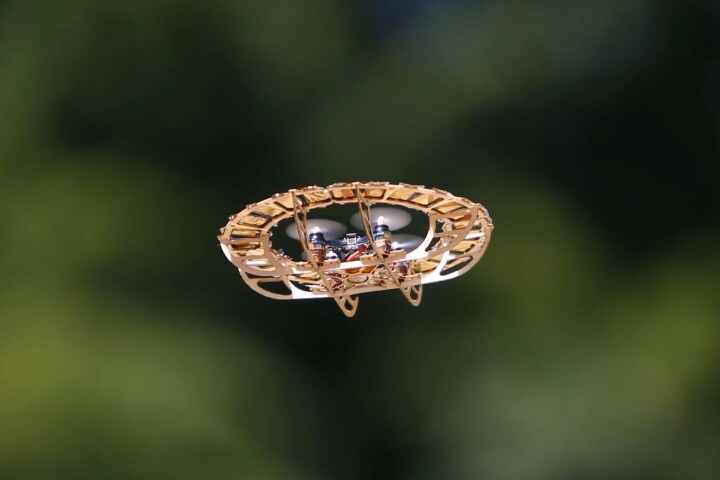Around five years after its founding, the pieces appear to be falling into place for HyperloopTT, one of the ambitious startups vying to get a futuristic hyperloop transport system up and running. The company has just welcomed its first full-scale passenger capsule to its dedicated test facility in France, with the CEO indicating that the first commercial customers could hop aboard as early as 2022.
HyperloopTT and rival startup Virgin Hyperloop One have teamed up with authorities all around the world to conduct an almost countless number of feasibility studies, but there seems to be particular attention paid to the Middle East. Here, HyperloopTT has plans for a 10-km (6.2 mi) hyperloop system in Abu Dhabi, with an extension connecting the Emirati capital to Dubai and onward to Riyadh in Saudi Arabia, almost 1,000 km (621 mi) away.
A fully developed Hyperloop system would shuttle passengers and cargo through near-vacuum tubes inside magnetically levitated pods at around the speed of sound. Given that neither HyperloopTT nor Virgin Hyperloop One has demonstrated systems operating at even close to these speeds, or in the case of the former a system successfully operating at all, it's worth treating any timelines they're trumpeting with caution.
But in the last eight months or so, HyperloopTT has started to make tangible progress. In April last year it began work on a test facility in Toulouse, France, to host its first full-scale hyperloop system, and then in October it unveiled its first full-scale passenger pod in Spain.

The two have now become acquainted with one another, with the so called Quintero One pod completing the 1,500-km (930-mi) journey on the back of a truck between southern Spain and Toulouse. The company says "final tests are now underway," though what that means exactly isn't entirely clear.
Quintero One is made from a composite material developed in-house called Vibranium, inspired by the fictitious super-metal of the same name from the Marvel Comics. With a total length of 32 m (105 ft), the pod is said to have an internal cabin length of 15 m (50 ft) and a total weight of five tons (11,000 lb).
The company said last year when revealing the capsule that it would be fully optimized and ready for passengers in 2019. And in an interview with CNBC this week, CEO Dirk Ahlborn said he expects the first commercial lines to open in 2022, but that rides may become possible much earlier for folks willing to sign a waiver.
Source: HyperloopTT (Twitter)







